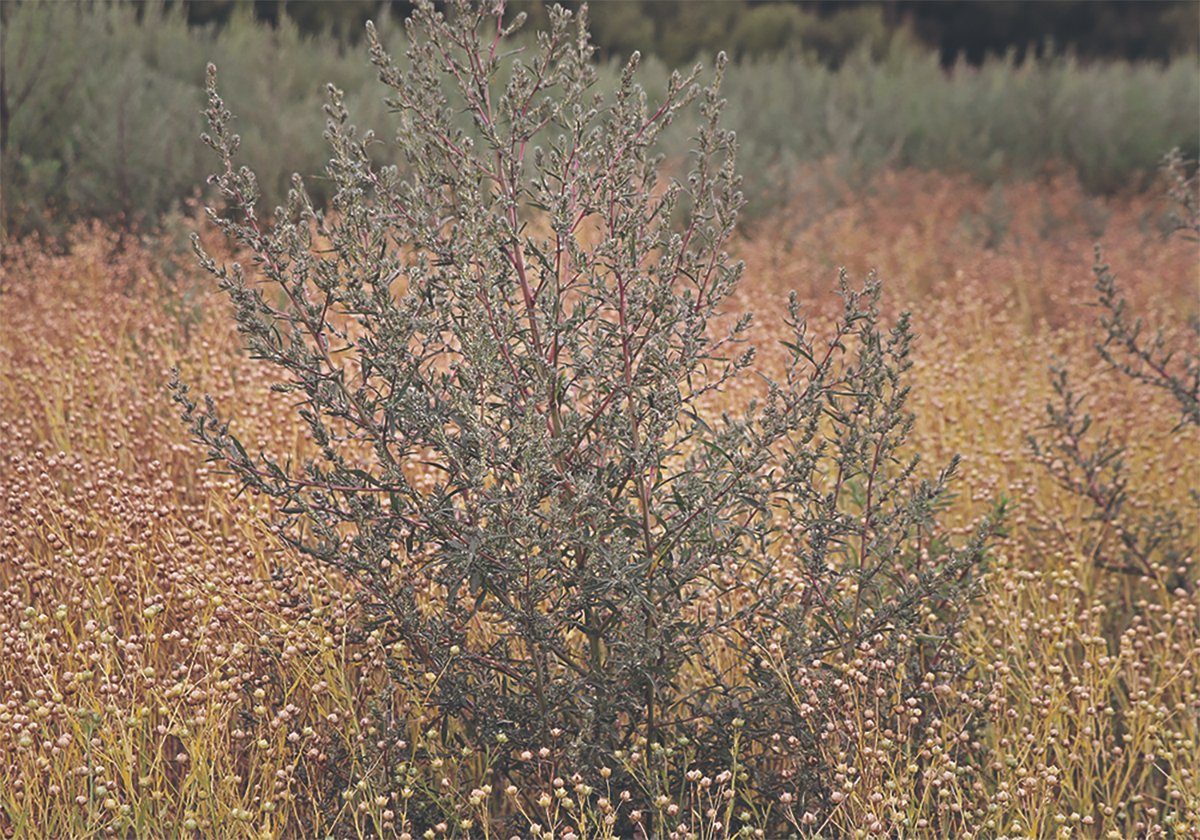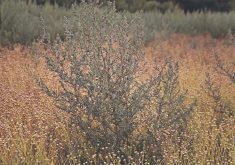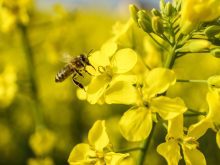I was walking downtown in Eston on Saturday when I heard a welcome sound: The honking of geese.
Flying overhead was a large flock flying in four different v-formations.
The geese must have been enjoying the spring air as much as I was because they were certainly vocal as flew north.
Over the weekend, at various times, I’ve noticed other birds in our yard. I hear they have been in neighbor’s yards as well.
There is the great spotted painterupperensis, the aggressive springcleanerupperensis and, occasionally, the swinging hammerensis.
Read Also

Kochia has become a significant problem for Prairie farmers
As you travel through southern Saskatchewan and Alberta, particularly in areas challenged by dry growing conditions, the magnitude of the kochia problem is easy to see.
These birds tend to be flightless although they are known to fly off the handle from time to time.
So far, as is usual at this time of year, all specimens of these species which have been sighted are female.
All three commonly mate with one species of male which is seldom seen around the nest in the spring. That species is known in some circles as the over-anxious tirekickerensis.
The male has several unique characteristics. Through March, it will flock to meetings and hockey tournaments and windups of one kind or another.
Come April 1, it abandons its usual haunts and can be most often found in machine sheds and farmyards where it kicks tires and plays with wrenches and other tools.
Its secondary haunt is machinery dealerships, where it will sometimes buy shiny new parts to take home to the nest and at other times will kick the tires and examine the shiny paint on new machinery.
This bird exhibits extreme social tendencies, and its tertiary haunt is the coffee shop where it communes with other members of the flock, sometimes crowing, sometimes pecking at others.
The female of the species, meanwhile, tends to stay close to the nest at this time of year, fussing with it, cleaning and rearranging it. She often develops a keen interest in color, lingering over paint and wallpaper samples.
Normally the food gatherer and arranger, the female tends to be preoccupied at this time of the year and the male and the young often fend for themselves.
The female may exhibit few social tendencies this month, preferring to be solitary. Her feathers are easily ruffled and, while normally fairly docile, she may become more aggressive as the month progresses.
By May, however, the spring rituals are usually over for another year, and both the male and female of the species will settle back into their normal roles.
At least that’s the way it is at our nest!
















